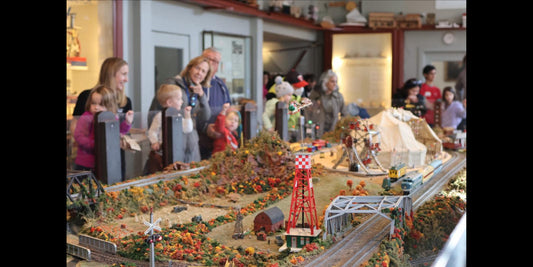At Yale, there are arched backs in Dance Studies classes and at Salsa Under the Stars sessions. Arched brows as curious, libidinous college students scope out classmates. Arch nemeses whenever Harvard comes to town.
Then there are the arches that don’t graduate after a handful of years. Don’t fizzle as the semester wears on. Don’t take a bus home to Massachusetts following the match.
These archways are metaphorical rocks made of literal ones, enduring sources of pride and esteem and visual drama. They have practical uses, too, offering passage to important places, providing landmarks for meeting up, brightening days by letting in natural light and setting a general tone of excellence that bleeds into our lives.
I say “our” because you don’t have to attend Yale to be inspired by them. Many are easily accessible to the rest of us.
Take the sterling examples in the nave of the Sterling Memorial Library (map), which are still gleaming and glorious after an eighteen-month restoration project finished in 2014. The central hall of the nave—like most of the rest of the first floor of the library, open to the public before 5 or 6 p.m. depending on the day of the week—is one big archway. The ceiling is a Tudor arch: sharply curved at the outer edges, with flat, low rises on each side and a point at the top.
But Gothic arches, defined by higher, more continuously curving rises that come to a point, dominate the space. Two levels of them flank both sides of the hall, forming passageways at ground level and windows above, each separated from its neighbors by huge lit-up columns made of stone blocks the colors of cream and sand. Not to be outdone, both the entry and the end of the hall feature towering Gothic arches. The former hosts an ornate window; the latter frames Alma Mater by Eugene Francis Savage, a mural which even has a trefoil arch—characterized by three rounded components, like a clover—painted into it.
Back outside, hanging a quick left down Elm Street and then a right onto College, you will, when it’s not hidden by construction work, hit a tunneling archway many of us know very well: Phelps Gate (map), composed of light reddish brown stone that darkens considerably in shadow between two wrought-iron gates. The main entrance to the first-year dormitory hub of Old Campus, it’s essentially where Yale’s incoming freshmen cross the threshold to Yale; but the passage is also considered, at least symbolically, to embody the nexus between town and gown, connecting as it does the fresh blood at Yale with the heart of New Haven, a.k.a. the Green. You might also think of it as the nexus between Yale and the rest of the world; it’s where a lot of students get picked up to go to the train station or the airport.
Phelps also blurs a different, more topical line: the one that’s supposed to exist between rounded and Gothic arches. Most of the surface area of the upper archway is curved all the way around, but then there are support ribs and exterior moldings, spaced like ripples from a pebble dropped in water, that form just the slightest angled tip at the peak.
Another archway melding different kinds is the one presiding over the entrance to the Mason Laboratory (map), part of the Yale School of Engineering and Applied Science. The general impression is of a single unified overhang above the front door, but a probing eye reveals something like nine different layers of arches, mixing two distinct types and a bold and beautiful array of materials: light grey stone, rich brown wood and an ivory stucco.
The outermost layer is what’s called a flat arch; the top is perpendicular to the sides. Yet, despite the lack of curvature, it still sports voussoirs (supporting stones) and a keystone. Each of the inner layers are curved with a point at the top, suggesting Gothic. The wood door itself is shaped like this, and it’s made radiant, along with the adjacent stucco layer, from backlighting embedded behind the next layer out. Completing the picture, three-dimensional lettering spells “MASON LABORATORY” across a lintel above it all.
At least there can’t be any confusion on that point.
Written and photographed by Dan Mims. This updated story was originally published on September 11, 2014.







